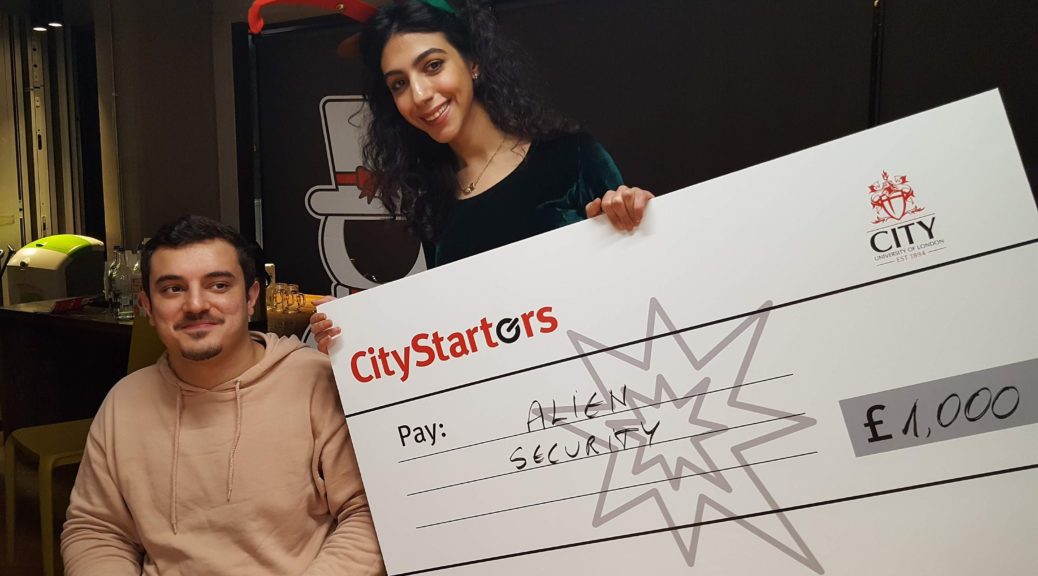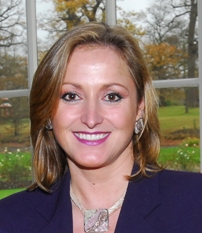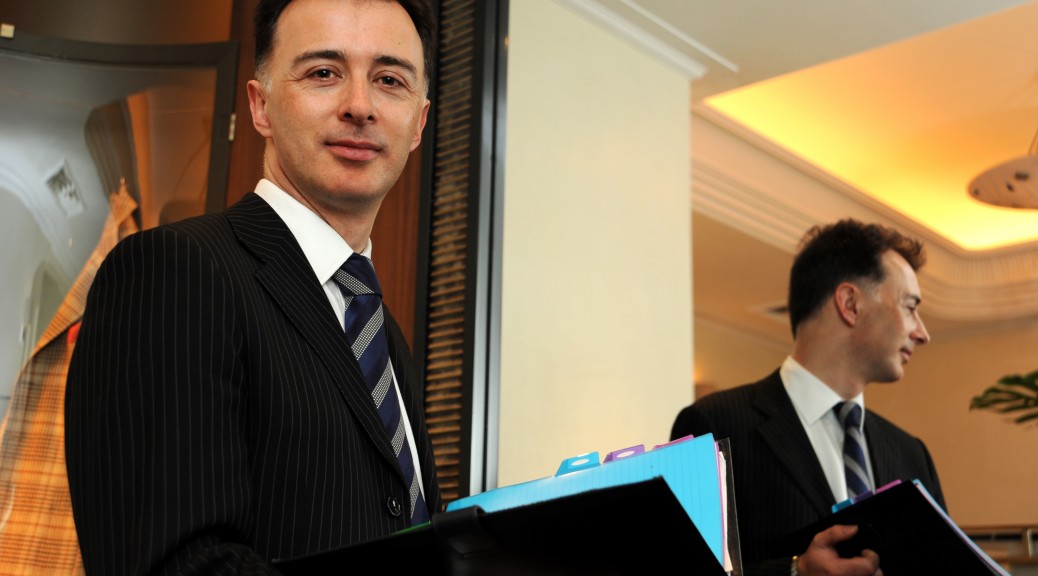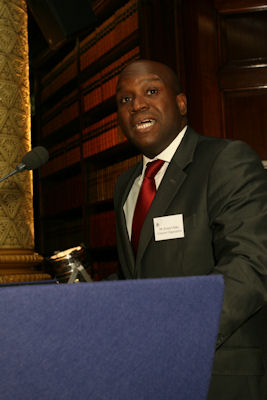The LAUNCH.ed Team at Edinburgh Innovations, University of Edinburgh, launched its first dedicated Business Ideas Competition for engineering students to inspire them to develop business innovations, with cash prizes provided by Engineers in Business Fellowship. The Engineers in Business Prize was created to encourage more engineering students, graduates and postgraduates to get involved in business innovation early in their studies/careers.
The top Engineers in Business prize was awarded to the Augment Bionics team which developed the idea of designing and manufacturing affordable and functional bionic arms for use by amputees and people born without upper limbs. The winning team comprised four students – George Dzavaryan (Mechanical Engineering with Management), Moritz Muller (Chemistry), Iman Mouloudi (Neuroscience) and Will Saputra (Sociology and Quantitive Methods).
The Augment Bionics team was presented with a £500 cash prize at the event, How to Win at Business Competitions, which was co-hosted by LAUNCH.ed and the University of Edinburgh Entrepreneurship Club. The event was designed to help the 60 attendees learn more about strategies for winning business competitions and included a host of entrepreneurs including Denny Schenk as the Climate-KIC Entrepreneur in Residence and Lorenzo Conti, Founder of Crover and winner of last year’s Business Ideas Competition. As part of the prize, the members of Augment Bionics can also avail themselves of a Sainsbury Management Fellow as a mentor.
George Dzavaryan, Technical Director of Augment Bionics, said: “Applying to the competition was an easy process, especially with a project that was already several months in the making. We had developed a more mature vision for the future and had some results to show for our hard work. Winning first place was a nice surprise for us, as I’m sure it will be for future contestants. The £500 cash prize has been spent well on purchasing electrical components for the first version of the bionic prosthetic and to buy a domain for our website. It definitely gave us a much-needed kick start early on in the academic year, which is important for many student-led projects since it is a period of time when they are not as busy and can dedicate more time to projects like ours.”

There were also second and third Engineers in Business prizes: Arthur Chee, a postgraduate student studying Mechanical Engineering and Dilyana Karavasileva (Informatics), were awarded £300 for their idea of developing a robotic strawberry harvesting arm that is more efficient and less bulky than existing designs in development. The design improvements would be achieved through greater degrees of freedom and an internal conveyor belt system.

In third place was Dileep Dasari, second year undergraduate student at the School of Engineering, who created DASSUN (patent pending), an easy and cost-effective vortex generating system which can potentially decrease fuel consumption of Turbofan engines by up to 10%. Dileep was awarded £200 cash prize.
Teodora Handrea, Enterprise Executive, University of Edinburgh said, “The Engineers in Business prize has been a phenomenal success. Run in parallel with the university’s established Business Ideas Competition, the two competitions attracted 81 entries from teams of students and alumni, with the Engineers in Business Prize stimulating 45 entries from the College of Science and Engineering and 24 entries from the School of Engineering. Overall, we have seen a 137% increase in the total number of entries to both competitions from the College of Science and Engineering, and over 600% increase from the School of Engineering.”
LAUNCH.ed is now working with all other competition entrants to offer further assistance to develop their ideas through workshops and one-to-one support with a business advisor.
LAUNCH.ed will be running the Engineers in Business prize alongside its general Business Competition again this year and in 2020 and is aiming to encourage even more engineering students, graduates and postgraduates to participate and develop creative solutions to real problems. LAUNCH.ed will again be supported by an Engineers in Business Prize Fund.
















